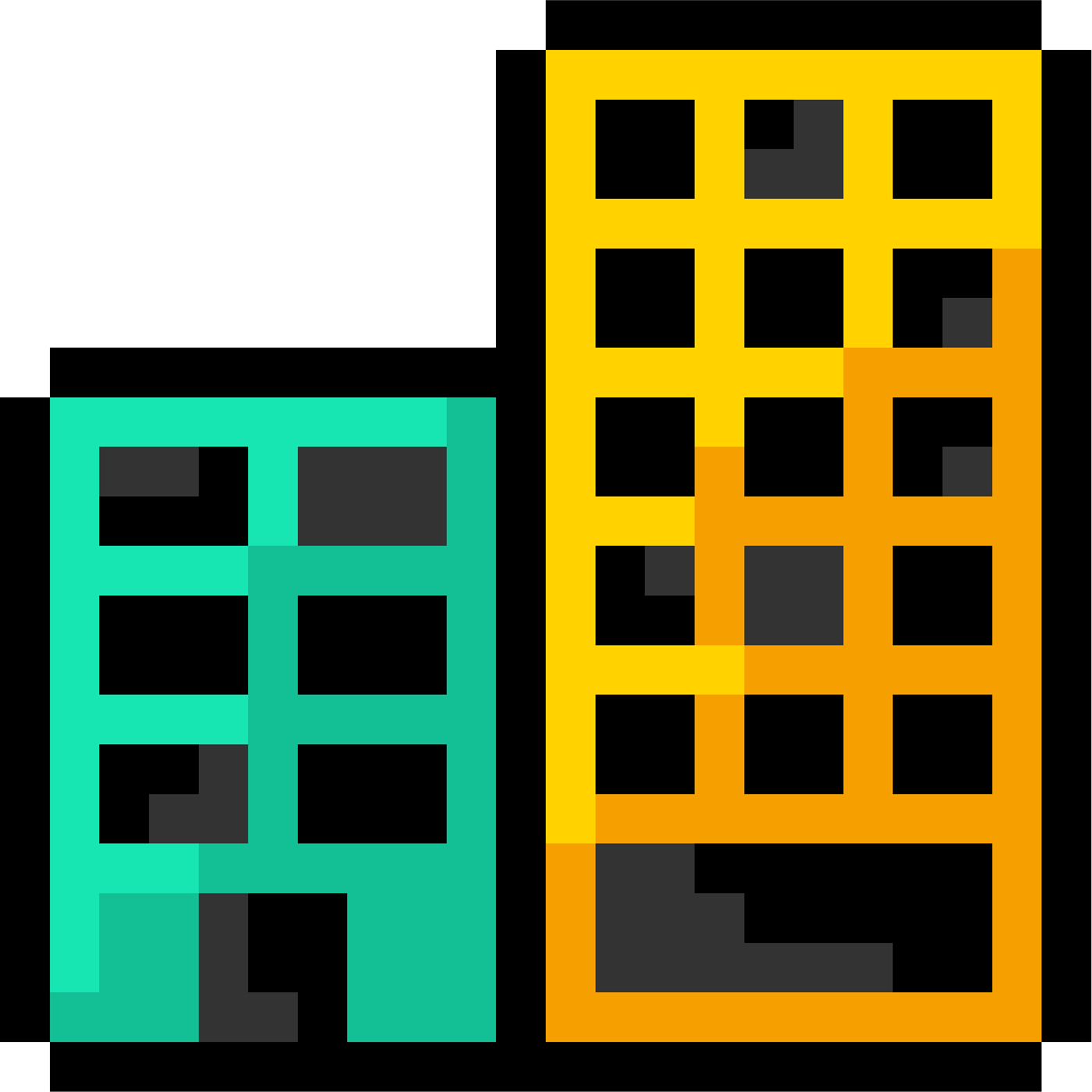822 reads
Supercharging Metaverse Adoption with User-Generated Content (UGC)
by
June 14th, 2022
Audio Presented by

We're offering a multichain 3D NFT generation metaverse tool designed for seamless creative execution.
Story's Credibility









About Author
We're offering a multichain 3D NFT generation metaverse tool designed for seamless creative execution.